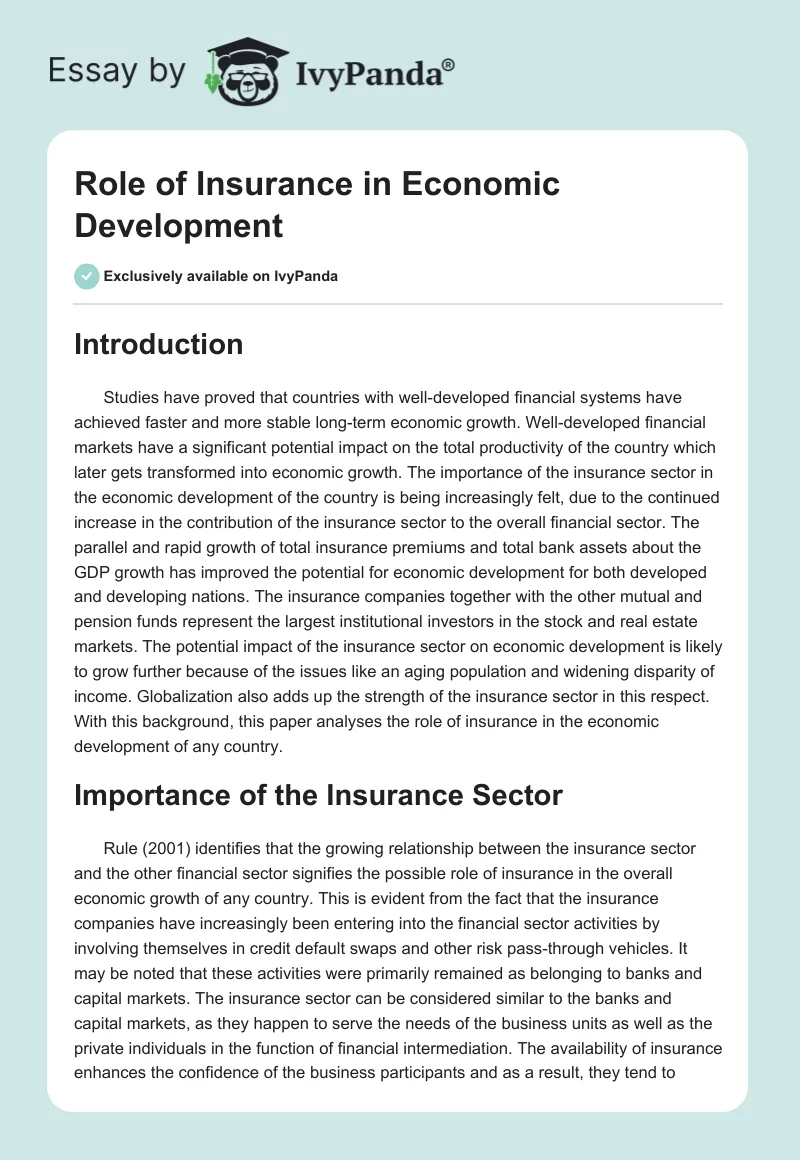The Ultimate Guide To Pacific Prime
The Ultimate Guide To Pacific Prime
Blog Article
About Pacific Prime
Table of ContentsThe Greatest Guide To Pacific PrimeSome Known Details About Pacific Prime Fascination About Pacific PrimeFacts About Pacific Prime RevealedThe Buzz on Pacific Prime

This is because the data were collected for a duration of solid economic performance. Of the approximated 42 million individuals who were without insurance, all but concerning 420,000 (about 1 percent) were under 65 years of age, the age at which most Americans end up being qualified for Medicare; 32 million were adults in between ages 18 and 65, around 19 percent of all grownups in this age team; and 10 million were children under 18 years of age, concerning 13.9 percent of all youngsters (Mills, 2000).
These estimates of the variety of individuals uninsured are produced from the yearly March Supplement to the Present Populace Study (CPS), conducted by the Census Bureau. Unless otherwise kept in mind, nationwide price quotes of individuals without wellness insurance coverage and proportions of the populace with different kinds of insurance coverage are based on the CPS, the most extensively used resource of quotes of insurance coverage and uninsurance rates.
Not known Details About Pacific Prime

Still, the CPS is specifically helpful due to the fact that it creates annual estimates fairly quickly, reporting the previous year's insurance policy protection approximates each September, and since it is the basis for a constant set of estimates for more than two decades, permitting evaluation of patterns in protection gradually. For these reasons, as well as the comprehensive use of the CPS in other researches of insurance policy coverage that exist in this record, we depend on CPS price quotes, with constraints kept in mind.

The price quote of the number of without insurance individuals expands when a population's insurance policy condition is tracked for numerous years. Over a three-year period starting early in 1993, 72 million people, 29 percent of the U.S. https://www.domestika.org/en/pacificpr1me. population, lacked insurance coverage for at the very least one month. Within a single year (1994 ), 53 million individuals experienced at least a month without coverage (Bennefield, 1998a)
6 out of every ten without insurance grownups are themselves used. Although working does improve the chance that and one's member of the family will certainly have insurance policy, it is not a warranty. Also members of family members with two full time wage income earners have almost a one-in-ten possibility of being uninsured (9.1 percent uninsured price) (Hoffman and Pohl, 2000).
8 Simple Techniques For Pacific Prime
New immigrants account for a significant proportion of visit this site right here people without medical insurance. One evaluation has attributed a substantial portion of the current development in the size of the U.S. without insurance population to immigrants who showed up in the nation in between 1994 and 1998 (Camarota and Edwards, 2000). Recent immigrants (those that concerned the United States within the previous 4 years) do have a high rate of being uninsured (46 percent), however they and their youngsters make up simply 6 percent of those without insurance policy across the country (Holahan et al., 2001).
The relationship between medical insurance and access to care is well developed, as documented later in this chapter. The partnership in between health and wellness insurance coverage and wellness results is neither direct nor simple, a substantial professional and health and wellness services research literary works web links health and wellness insurance protection to enhanced access to care, better top quality, and enhanced personal and populace health and wellness status.
Levels of evaluation for taking a look at the effects of uninsurance. This conversation of medical insurance coverage concentrates mostly on the U.S. population under age 65 due to the fact that practically all Americans 65 and older have Medicare or other public insurance coverage. It focuses particularly on those without any wellness insurance for any size of time.
Our Pacific Prime Ideas
The issues faced by the underinsured are in some areas similar to those faced by the without insurance, although they are typically less extreme. Health and wellness insurance policy, nevertheless, is neither required neither sufficient to obtain accessibility to clinical solutions. The independent and direct result of wellness insurance coverage on accessibility to health solutions is well established.
Others will certainly obtain the wellness care they require even without medical insurance, by spending for it out of pocket or seeking it from companies who use treatment free or at extremely subsidized rates. For still others, health and wellness insurance alone does not make sure receipt of treatment due to various other nonfinancial obstacles, such as an absence of healthcare carriers in their community, limited accessibility to transportation, illiteracy, or etymological and cultural distinctions.
Pacific Prime for Dummies
Formal research regarding uninsured populations in the USA dates to the late 1920s and very early 1930s when the Board on the Cost of Medical Care created a series of reports concerning financing medical professional workplace check outs and hospitalizations. This issue ended up being salient as the numbers of clinically indigent climbed up during the Great Clinical depression.
Report this page